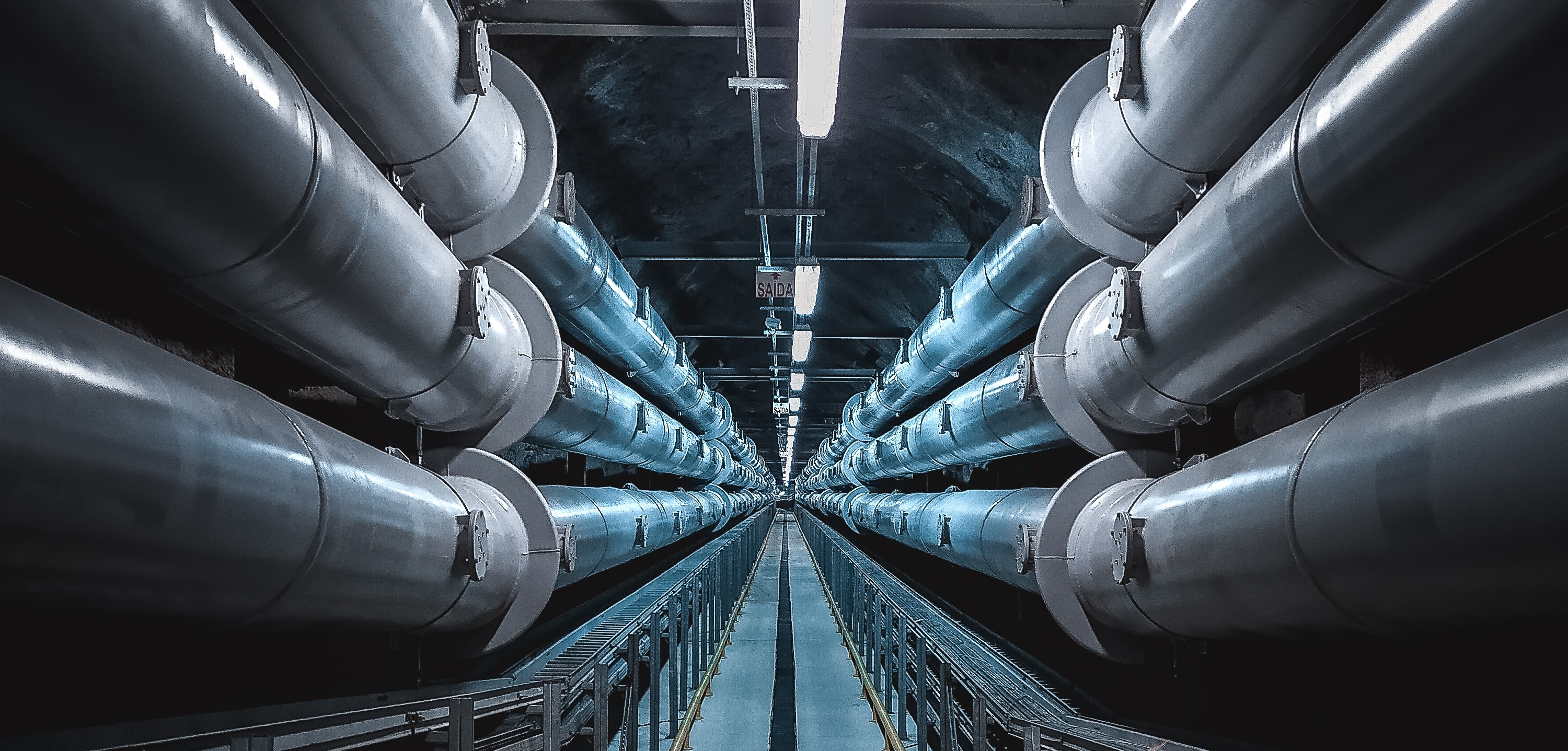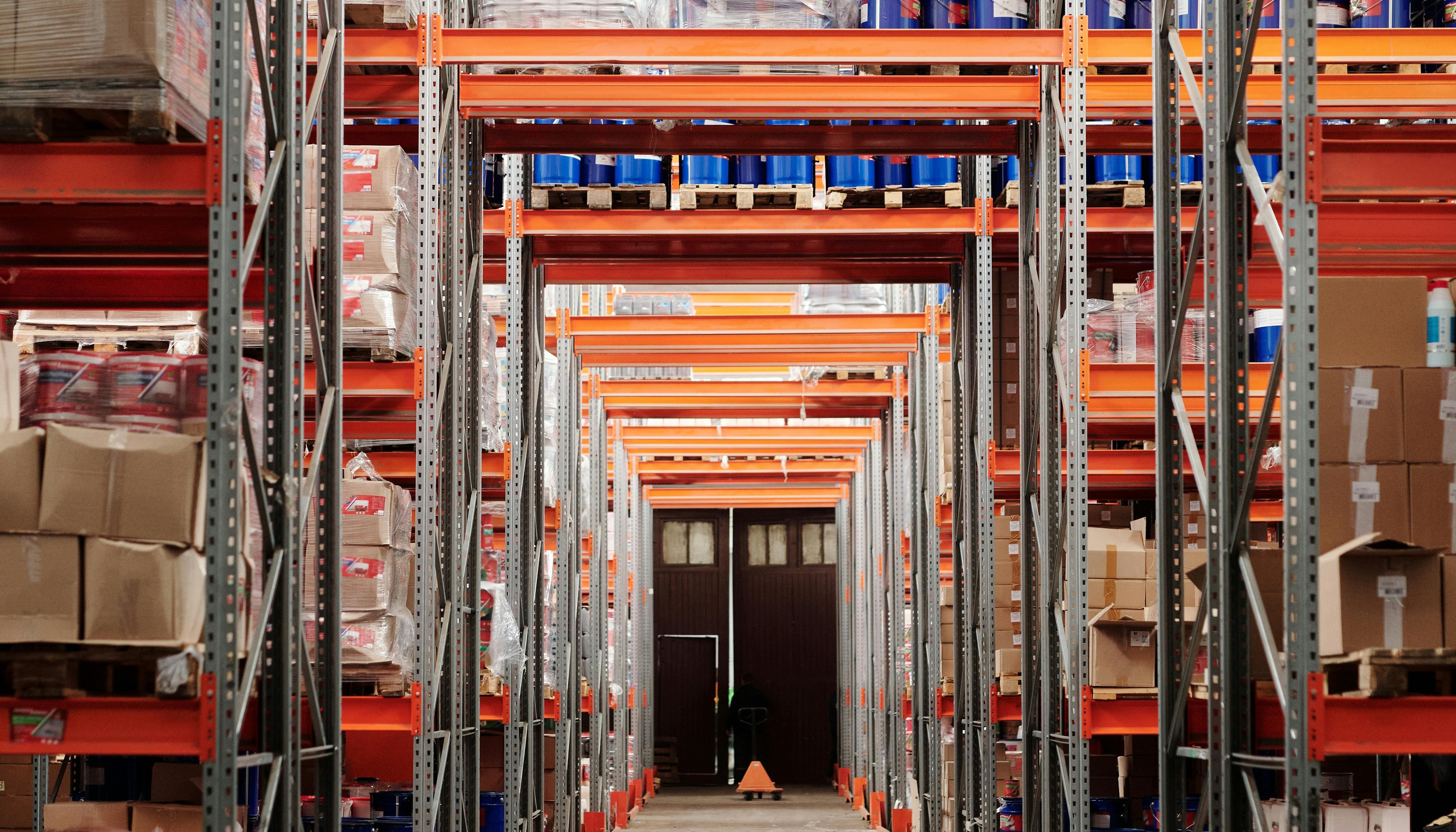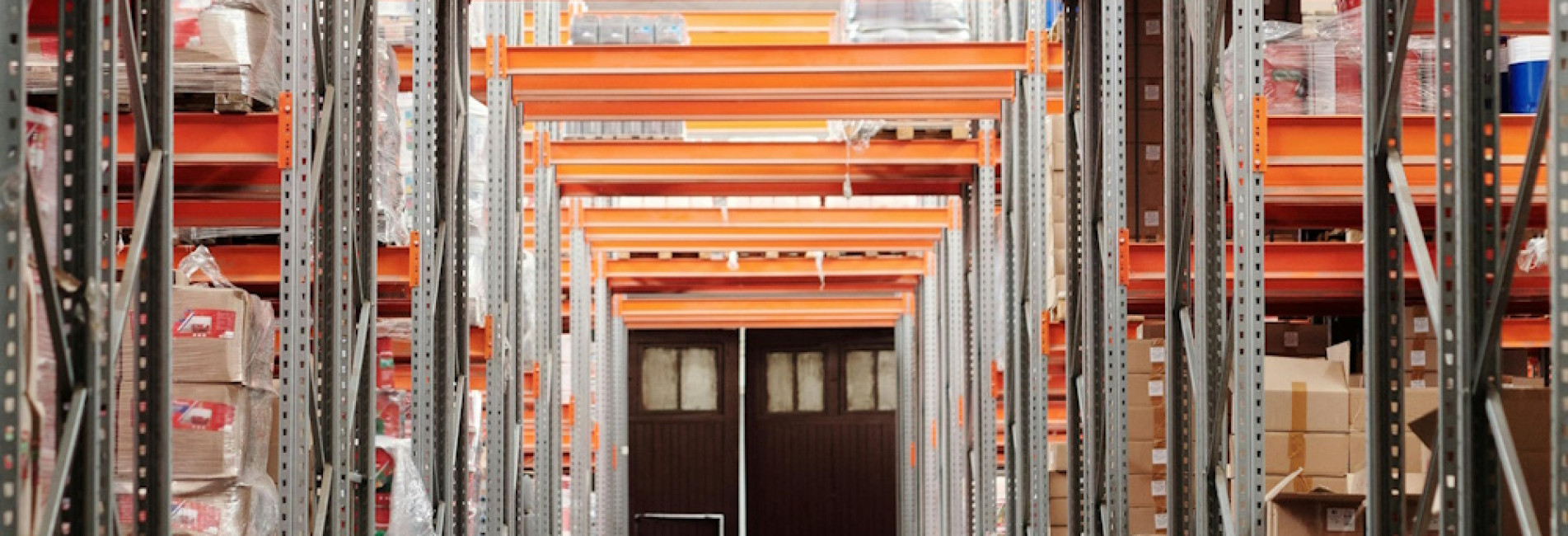Factory Security Systems
Posted on Thursday 22nd February 2024
CCTV for Factories and Warehouses
- what you need in a factory CCTV system, and the different ways that surveillance can improve production processes as well as increasing security.
Firstly we'll talk about what is required for a factory surveillance system, and later on in the article we get into the ways that surveillance can help with production processes themselves.
The initial system will involve thinking about the following points:
- Camera Selection: Choose cameras suitable for the factory environment, considering factors such as resolution, field of view, low light performance, weather resistance, and durability. Dome cameras, bullet cameras, PTZ (Pan-Tilt-Zoom) cameras, and specialized cameras like thermal cameras may be needed depending on the specific requirements of different areas within the factory, or ANPR (Automatic Numberplate Recognition) cameras at the entrances to site. Health and safety algorithms can be utilised for fall detection, safety zone monitoring, early warning fire detection, or object recognition (where obstructions in pathways or moving machinery can be detected and people alerted).
-
Strategic Placement: Determine optimal locations for camera placement to cover critical areas such as entry and exit points, production areas, loading docks, storage areas, equipment rooms, and perimeter fencing. Consider factors like line of sight, lighting conditions, potential obstructions, and the need for both overt and covert surveillance.
-
Recording and Storage: Install digital video recorders (DVRs) or network video recorders (NVRs) to capture and store footage from the CCTV cameras. Ensure sufficient storage capacity to retain video recordings for the required duration as per legal and operational requirements. Implement redundant storage solutions or cloud-based storage for backup and disaster recovery purposes.
-
Power and Connectivity: Provide adequate power sources for the cameras, either through electrical wiring or Power over Ethernet (PoE) for network-connected cameras. Ensure reliable network connectivity for IP cameras if deploying an IP-based CCTV system, including network switches, routers, and cabling infrastructure.
-
Monitoring and Control: Set up monitoring stations or control rooms where security personnel can monitor live camera feeds and review recorded footage. Install video management software (VMS) for centralized control, camera management, and video analytics capabilities. Integrate CCTV with other security systems for a unified security management approach. Remote monitoring companies can be utilitised when on-site video monitoring cannot be factored in.
-
Remote Access: Enable remote access to the CCTV system for authorized personnel, allowing them to view live camera feeds and access recorded footage from any location via desktop computers, laptops, or mobile devices. Implement strong security measures such as encrypted connections and multi-factor authentication to protect against unauthorized access.
-
Compliance and Regulations: Ensure compliance with relevant laws, regulations, and industry standards governing CCTV surveillance, data privacy, and security practices. Obtain necessary permits or approvals from regulatory authorities if required.
-
Maintenance and Support: Establish a regular maintenance schedule for the CCTV system, including camera cleaning, firmware updates, and equipment inspections. Provide training to staff responsible for operating and maintaining the system, and establish procedures for troubleshooting and resolving technical issues promptly.
By addressing these requirements, a factory can implement a robust CCTV system to enhance security, safety, and operational efficiency within the facility.


For Production Processes:
Surveillance systems can streamline production processes within a factory setting in several ways. Using advanced algorithms, they can:
-
Real-time Monitoring: CCTV cameras allow managers and supervisors to monitor production lines, machinery, and workflow in real-time. By observing operations remotely, they can identify bottlenecks, inefficiencies, or equipment malfunctions promptly and take corrective actions to optimize production processes.
-
Quality Control: Surveillance cameras can be strategically placed along production lines to monitor product quality and detect defects or deviations from specifications. Automated image analysis algorithms can be used to inspect products for defects, ensuring consistent quality and reducing the likelihood of defective products reaching customers.
-
Process Optimization: Surveillance data collected over time can provide valuable insights into production processes and workflow patterns. Analyzing this data can help identify areas for improvement, optimize resource allocation, streamline workflows, and reduce cycle times, ultimately increasing productivity and efficiency.
-
Workforce Management: CCTV cameras can monitor employee activities and performance on the factory floor. By tracking worker movements and behavior, managers can identify training needs, assess productivity levels, and implement measures to improve workforce efficiency and morale.
-
Safety Monitoring: Surveillance systems contribute to workplace safety by monitoring for hazardous conditions, unsafe behaviors, or potential accidents on the production floor. By identifying safety risks in real-time, managers can implement preventive measures, enforce safety protocols, and ensure compliance with safety regulations, thereby minimizing downtime due to accidents or injuries.
-
Inventory Management: CCTV cameras can assist in inventory management by monitoring stock levels, tracking the movement of raw materials and finished goods, and identifying discrepancies or shortages. Integrating surveillance data with inventory management systems enables real-time inventory tracking, replenishment planning, and optimization of supply chain processes.
-
Remote Troubleshooting and Support: Surveillance systems equipped with remote access capabilities allow engineers and technical support teams to remotely troubleshoot equipment issues or provide assistance to on-site personnel. This can reduce downtime associated with equipment breakdowns and minimize the need for physical intervention, especially in large or geographically dispersed facilities.
-
Compliance and Documentation: Surveillance footage serves as a valuable tool for compliance monitoring and documentation purposes. By capturing production activities and processes on video, factories can demonstrate compliance with regulatory requirements, industry standards, and quality management systems, facilitating audits, investigations, and continuous improvement initiatives.
Overall, surveillance systems play a vital role in optimizing production processes, enhancing operational efficiency, ensuring quality control, and maintaining a safe working environment within factory settings. By leveraging surveillance technology effectively, manufacturers can achieve greater competitiveness, profitability, and customer satisfaction.

